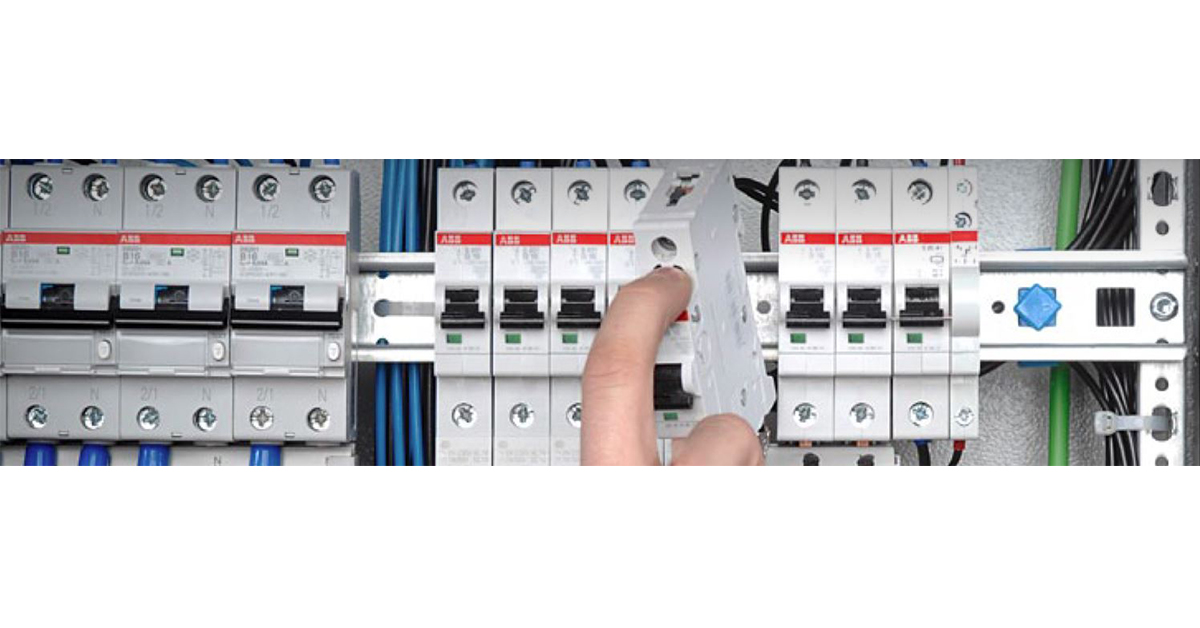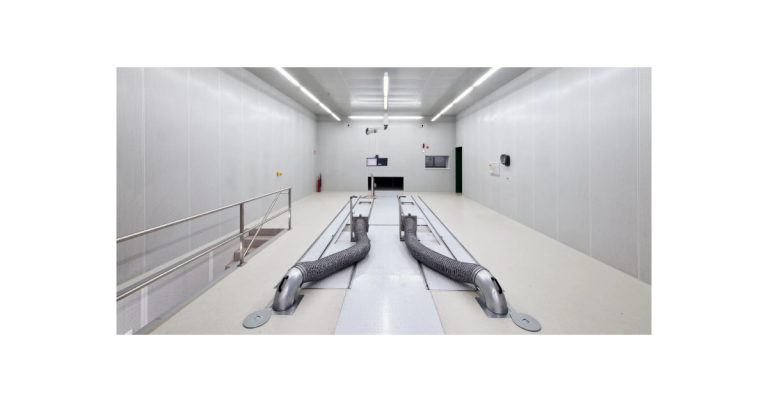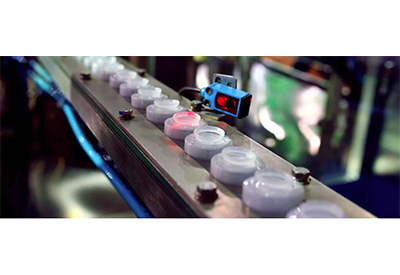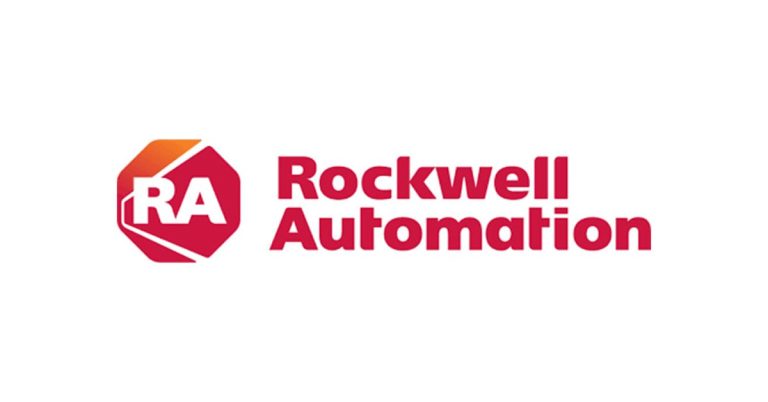An Introduction to UL 489 Current-Limiting Miniature Circuit Breakers and Their Trip Curves

December 6, 2022
By Thomas Weinmann, Area Sales & Product Marketing Manager, ABB
In this Allied Expert Advice article, ABB expert Thomas Weinmann introduces you to modern current-limiting miniature circuit breaker (MCB) designs and several different trip curve and functionality characteristics to help you choose the MCB best suited for your unique application demands.
Current-limiting miniature circuit breakers (MCBs) are UL 489 branch circuit protection devices used along with UL 1077 supplementary protectors to safeguard electrical installations in industrial applications against overloads and short circuits. They are typically used to protect cables, conductors, and loads up to 100A, and they typically feature a thermal trip unit based on a bi-metal strip and a magnetic trip unit based on a solenoid. Circuit breakers with this combination of thermal and magnetic trip units provide more effective protection for devices, operators, and technicians.
To ensure effective protection and reduce equipment downtime, current-limiting MCB trip curve characteristics must satisfy individual application demands. But unlike larger molded case circuit breakers, which are similar in many ways, individual MCB trip units aren’t usually adjustable. Instead, current-limiting MCB models are available with a variety of different trip curve characteristics optimized to suit the protection needs of various loads.
Selecting the appropriate MCB trip curve for your application is key to ensuring the electrical safety and protection of connected loads over your equipment’s lifetime. So, today I’ll introduce you to modern current-limiting MCB designs and several different trip curve and functionality characteristics to help you choose the best MCB solution for your unique application demands.

Modern UL 489 MCBs and Their Trip Curves

When looking for current-limiting MCBs, you’re likely to notice three to five types of available trip curves, all of which are all standardized per IEC 60898-1 and 60947-2. Most UL 489 current-limiting MCBs are available with Z, C, or K trip curves, but some manufacturers use B and D in place of Z and K.
The UL 489 standard requires that circuit breakers pass two different calibration tests to ensure effective tripping protection characteristics:
- A 135% calibration test (7.1.2.3) that states that circuit breakers carrying 135% of their rated current shall trip within one hour for devices rated at 50A or less and within two hours for devices rated at more than 50A (7.1.2.3.1). It also states that, unless otherwise noted, the test sample shall be at the ambient temperature indicated.
- A 100% calibration test (7.1.2.4) that states that circuit breakers shall be capable of carrying 100% of their rated current without tripping.
UL 489 Current-Limiting MCB Designs
Figure 2 shows the key design aspects that provide current-limiting MCBs with their overload and short circuit protection capabilities. In most current-limiting MCBs, the thermal trip unit works as follows: A bi-metal strip bends under the thermal influence of overcurrent (i.e., overload) until it opens the contacts through a switching mechanism. At certain levels of overcurrent, the electromagnetic trip unit (i.e., the solenoid) overrides the delayed thermal trip unit and bypasses the switching mechanism to release a pin, also known as a hammer trip, that opens the contacts in milliseconds.
A Closer Look at Trip Curve Characteristics
As mentioned, miniature circuit breakers must have thermal tripping characteristics that comply with UL 489 and the appropriate IEC standards (IEC 60898-1 and 60947-2). The UL specification describes the required tripping or overload protection while the IEC standards define the complete trip curve and specify the thresholds at which the breaker must trip to protect the connected equipment.
The trip curve graph pictured in Figure 3 shows a C-curve with two zones, the thermal tripping zone (a) and the magnetic tripping zone (b). In each zone you can see the two points — the no-trip threshold (1) and the tripping threshold (2) — that define the width of the overcurrent/time range, or tolerance band, according to the UL and IEC standards. The breaker cannot trip before the no-trip threshold (1) and must trip by the time it reaches the tripping threshold (2).
Overload Protection: Zone of Thermal Tripping – The two trip curves shown in Figure 3 illustrate the limits of the tolerance band that an MCB must trip within. Since the thermal trip curve depends on ambient temperature, MCB manufacturers must reveal the calibration temperature of the trip curve, which will be 25°C (68°F) or 40°C (104°F) per UL 489. At higher ambient temperatures, the trip curve shifts to the left, indicating that the breaker will trip earlier. At lower temperatures, it moves to the right, indicating that tripping will be further delayed.
MCBs must not trip before the overcurrent reaches a value beyond the no-trip threshold (the left curve). And they must trip before the overcurrent reaches a value beyond the tripping threshold (the right curve). After accounting for these requirements, manufacturers can calibrate the thermal tripping unit at any point between the no-trip and tripping thresholds. Although, most manufacturers calibrate their MCBs at a tripping point in the middle of the tolerance band so that any potential manufacturing tolerances won’t push the tripping point out of the required range.
Short Circuit Protection: Zone of Magnetic Tripping – Unlike thermal trip curve characteristics, magnetic trip curve characteristics don’t have a UL counterpart. The electromagnetic tripping unit in MCBs kicks in at a certain level of overcurrent, instantaneously overrides the thermal trip unit, and opens the breaker contacts.

The magnetic tripping time depends on the frequency of the supply voltage, which is typically 50 or 60Hz. At higher frequencies, or for DC voltage, tripping is delayed up to one and a half times the value at 50 or 60Hz. Given this information and the fact that manufacturers typically calibrate MCB tripping points in the middle of the tolerance band illustrated by the trip curve, the magnetic trip unit would engage at 7.5 times the rated current.
As I mentioned earlier, most UL 489 current limiting MCBs are available with Z, C, or K trip curves, but some manufacturers use B and D in place of Z and K. D-curves and K-curves have similar, if not equal, calibration points, and the magnetic tripping point for each is typically 12 to 13 times the rated current. This calibration provides better protection for certain motor conditions, like motors with blocked rotors.

ABB and Allied: Products & Expertise to Protect Your Electrical Installations
Now that you understand trip curves and can identify the differences between them based on MCB functionality characteristics, you can feel confident selecting the correct trip curve sure to help protect your connected loads and extend your equipment lifetimes.
ABB is a global supplier of industrial circuit protection solutions and offers a wide range of UL 489 branch circuit protection devices through Allied Electronics & Automation, including more than 90 ready-to-ship miniature circuit breakers and 160 ready-to-ship molded case circuit breakers engineered to provide reliable overload and short circuit protection for electrical circuits in industrial applications. Allied also offers ABB residual current devices that detect and trip for electrical leakage currents to protect against electric shock caused by indirect contact, E 90 fuse holders and disconnectors that offer quick, flexible, and error-proof installation and excellent protection against overloads and short circuits, and other supplementary devices that help protect industrial equipment and keep it up and running.

Allied’s highly trained sales representatives, dedicated key account managers, and technical support team can help you select the best UL489 current-limiting miniature circuit breaker or other circuit protection solution for your application. They can also walk you through the installation process and support you throughout the maintenance phase to help ensure that your circuit protection solutions continue to work when you need them most.












